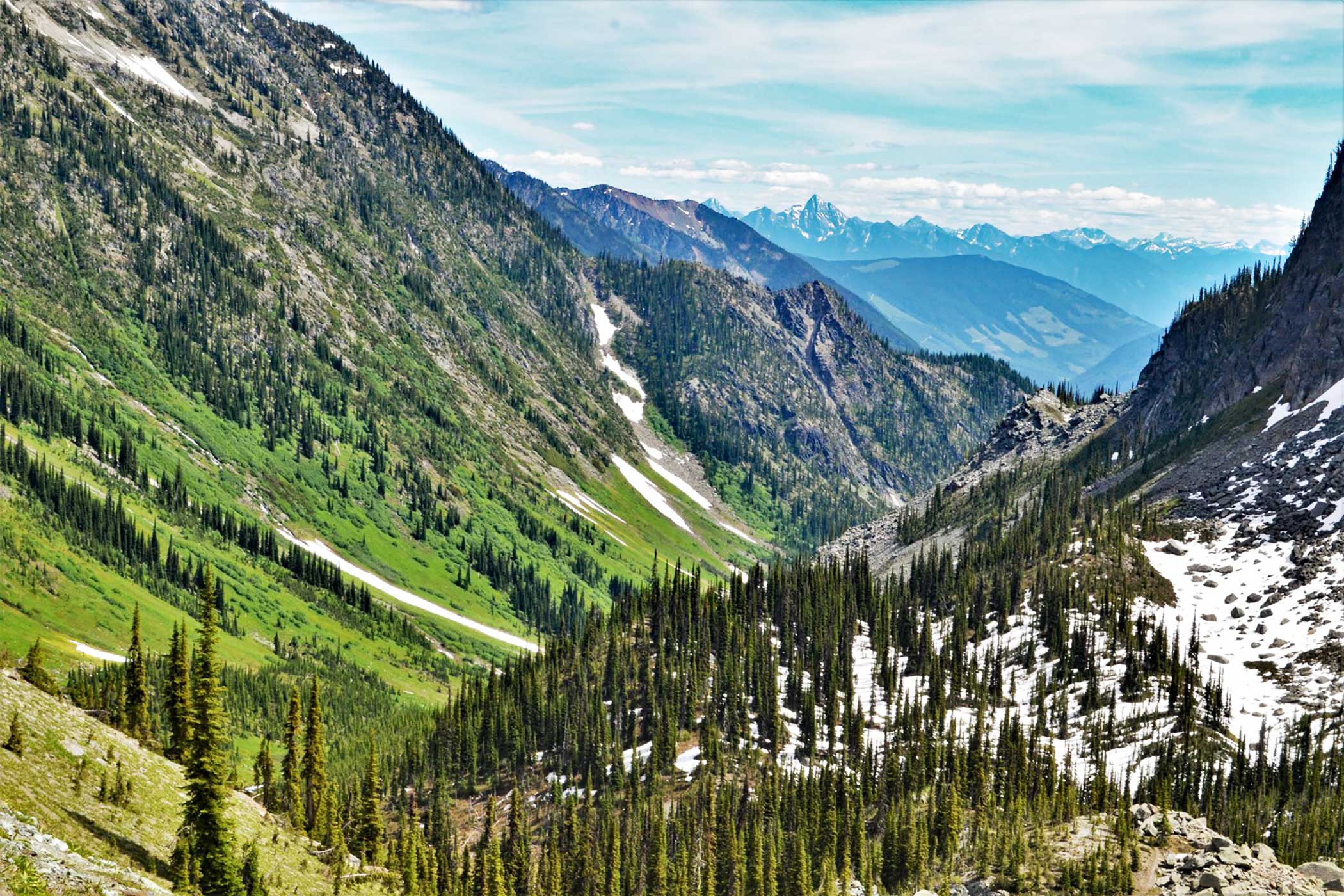Habitat-destroying land use is the most significant threat to biodiversity and ultimately the persistence of life on this planet (see IIASA report on biodiversity loss). These losses are particularly dire in light of the deepening impacts of climate change, which in the piq kiʔláwnaʔ area manifest often as intense forest fires. Industrial recreational developments, like the proposed Zincton All Season Mountain Resort, represent significant disturbances to wildlife and the critical connectivity corridors in the region (see ecological reports). These also put the ecological integrity of the local watersheds at risk.
Socio-Economic Threats
Large resort developments also seriously threaten community culture and socio-economic health. As demonstrated in several studies, real estate prices and property taxes soar, making scarce housing even scarcer, and creating class divisions and cultural conflict. As a treasured area important to locals who recreate, gather food, and hunt, it is unjust to allow one developer to hold exclusive control over these cherished public lands. Recreationists continue to get squeezed out by commercial interests. In addition, the increased traffic on these already dangerous winding mountain roads may lead to significant increase in human and wildlife mortalities.
Commercial Recreational Tenures
The piq kiʔláwnaʔ region already has multiple commercial recreation tenures as well as logging, mining and a broad range of recreational use by locals and visitors – berry and plant harvesting, hunting, skiing, fishing, hiking, mountain biking, and more. The cumulative impacts of these alone are already considerable. The Mountain Resorts Branch’s vision to “develop British Columbia as a world-class, all-season resort destination,” fails to consider the cumulative effects of past and present land use in the area.


Notwithstanding Zincton’s green talk (“ecologically sensitive, environmentally responsible, environmentally sound, carbon neutral, EV buses,” etc…) – such real estate developments are ultimately about personal profit at the expense of community and environment. When 5,500 ha of public land are coveted for an all-season resort, this is ultimately about personal gain and ignoring broader community values. It is critically important that Indigenous traditional laws and UNDRIP are fully honoured on this unceded land. Usurping well-loved and well-used public lands as an investment opportunity and playground for the rich is profoundly disrespectful and flies in the face of contemporary goals of sustainability and right-sized, appropriate development (see Resort-induced Changes in Small Mountain Communities in BC).
Zincton All Season Resort – Formal Proposal
Zincton Farms Limited is proposing an all-season resort development along London Ridge and Whitewater Ridge, just outside of New Denver, BC. “Zincton” is requesting 60-year tenure on 5,500 hectares of public land for…
Continue Reading Zincton All Season Resort – Formal Proposal
Mount Brennan Lodge
Joel Hutton and Braden East of Mount Brennan Backwoods Recreation have applied for a commercial recreation tenure at the base of Mount Brennan on Highway 31A between Kaslo and New Denver, BC. The…


